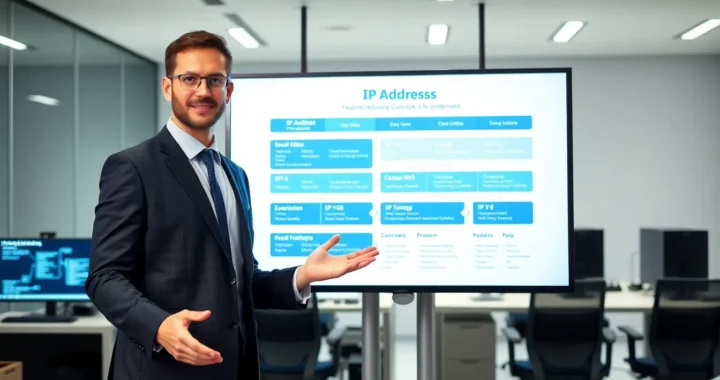
Fix Code Susbluezilla: Unlocking the Secrets to Combat This Frustrating Bug
When code goes rogue, it’s like a toddler on a sugar high—chaotic and unpredictable. Enter “susbluezilla,” the infamous bug that’s been wreaking havoc in the coding world. Developers everywhere are scratching their heads, wondering how to tame this digital beast. But fear not! There’s a path to peace, and it doesn’t involve a giant can of bug spray.
Fix Code Susbluezilla
Code Susbluezilla represents a challenging bug affecting many developers. Its unpredictable nature presents unique difficulties within the coding environment.
What Is Code Susbluezilla?
Code Susbluezilla is a notorious software bug causing sporadic failures in applications. This issue often emerges during critical processes, making it difficult for developers to pinpoint the exact cause. Rooted in misconfigurations or incompatibilities, Code Susbluezilla impacts various programming languages and platforms. Identifying its presence can be challenging, as symptoms may resemble other coding errors.
Common Issues Associated with Code Susbluezilla
Developers frequently encounter several common issues due to Code Susbluezilla. One major concern is the unexpected crashes applications experience during execution. Users also report increased latency and performance degradation when using affected systems. Complications often arise in collaborative environments, where multiple developers may inadvertently contribute to the bug’s propagation. Additionally, inconsistent behaviors across different platforms can lead to confusion and wasted resources.
Steps to Fix Code Susbluezilla


Addressing Code Susbluezilla requires a methodical approach to restore application functionality. Developers must follow a structured sequence of troubleshooting and remediation to effectively resolve this bug.
Identifying the Source of the Problem
Establishing the root cause simplifies the troubleshooting process. Check application logs for error messages that often indicate where the bug manifests. Analyze recent code changes, especially those made before issues arose. Review any dependencies, mismatched library versions, or misconfigurations that could exacerbate the bug’s effects. Collaborate with team members to discuss any unusual behaviors they’ve encountered. Understand that symptoms might mimic other errors, necessitating careful examination to differentiate them from unrelated issues.
Implementing Effective Solutions
Deploying effective strategies mitigates the impact of Code Susbluezilla. Begin by correcting misconfigured settings to align with project requirements. Optimize performance by updating incompatible or outdated libraries. Utilize debugging tools to trace code execution and isolate problematic segments. Incorporate unit tests to ensure new changes don’t disrupt existing functionalities. Encourage team collaboration to validate solutions, as multiple perspectives can uncover hidden problems. By prioritizing these actions, developers enhance both immediate resilience and long-term stability of applications.
Best Practices for Future Prevention
Establishing strong preventive measures can significantly reduce the likelihood of encountering Code Susbluezilla again. Focus on the following practices to enhance application stability and resilience.
Code Review Techniques
Implementing code review techniques helps catch issues early in the development process. Structured peer reviews ensure more eyes scrutinize the code for potential misconfigurations. Organizing regular review sessions maximizes team engagement, promoting collaboration and collective knowledge sharing. Using automated code analysis tools identifies common vulnerabilities and enforces coding standards. Figuring out code dependencies and conflicts during these reviews minimizes the chance of introducing errors. Prioritizing thorough documentation during code updates fosters clarity and informs team members of crucial changes.
Regular Software Updates
Maintaining regular software updates decreases the risk associated with vulnerabilities and bugs. Keeping coding libraries and dependencies up to date ensures that developers benefit from the latest enhancements and security patches. Scheduling routine checks for outdated libraries identifies problems before they escalate. Utilizing dependency management tools simplifies the update process and enables automated alerts for new versions. Encouraging a culture of prompt updating allows the team to respond swiftly to issues, enhancing application performance and reducing future risks. Prioritizing this practice reinforces the application’s overall integrity and reliability.





